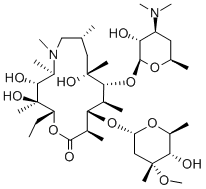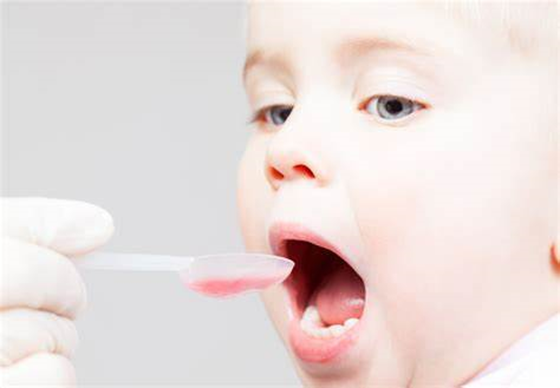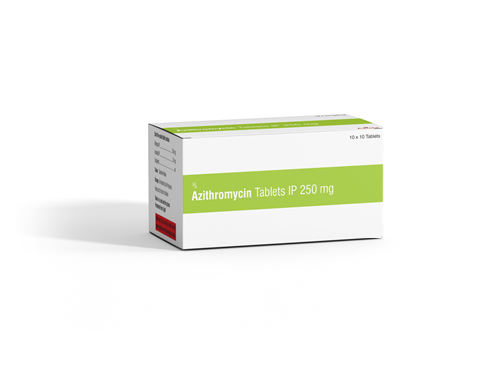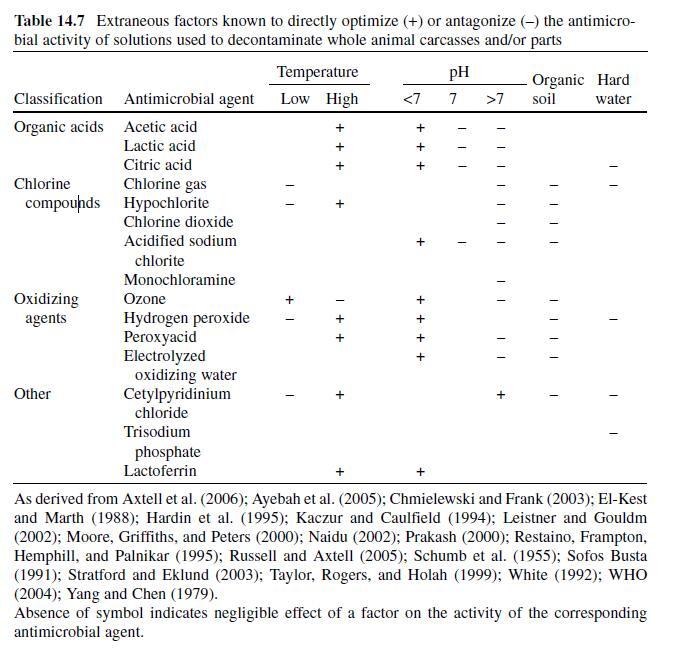An antimicrobial agent---Azithromycin
Azithromycin (CAS number: 83905-01-5) was obtained by Beckman rearrangement of the oxime derivative of the ketone of erythromycin, leading to a 15-membered macrocycle, followed by its reduction and N-alkylation (hence the name of azalide given to this class of compounds. Azithromycin has greater in vitro activity than erythromycin against some Gram-negative bacteria and improved pharmacokinetics with a relatively long half-life. It accumulates significantly intracellularly. It also shows activity against nontuberculous mycobacteria, including Mycobacterium avium complex (MAC) , and some parasites, such as Toxoplasma gondii. Apart from its use as an antimicrobial agent, it is increasingly used as an anti-inflammatory agent, in particular in patients with cystic fibrosis.
Azithromycin is well tolerated with few side-effects, although the use of higher doses may be associated with greater toxicity. For instance, high-dose azithromycin (600 mg daily) used in mycobacterial infections is associated with 82% patients experiencing gastrointestinal disorders, 2% hearing impairment, tinnitus in 46%, and poor balance or dizziness in 28% ; adverse effects were generally associated with higher serum concentrations.
Drug interactions
Drug interactions with macrolides can be a considerable problem, which may seriously limit their use in at-risk patients. The main mechanism involved in these interactions is the ability of macrolides to bind to cytochrome P450 (group 3A4), thereby impairing the subsequent metabolization of other substrates of the same cytochrome. The elimination of these co-administered drugs is therefore reduced, causing a potential risk of toxicity. This risk, however, is the lowest with azithromycin, so that its use is contraindicated only when the interaction may have a life-threatening risk. This is the case for ergotamine (risk of ergotism) or for drugs that result in prolongation of the cardiac QT interval (e.g. terfenadine), thereby increasing the risk of torsades de pointes due to the macrolides. Among the newer antihistamines, peak fexofenadine concentrations were increased by 67% in the presence of azithromycin, whereas the desloratidine and azithromycin combination was better tolerated with only a small (o15%) increase in mean pharmacokinetics. However, both antihistamines in combination with azithromycin did not significantly alter the electrocardiogram. Azithromycin does not significantly alter the pharmacokinetics of rupatadine, an oral antihistamine and platelet-activating factor antagonist.
Azithromycin is also described as an inhibitor and a substrate of P-glycoprotein, which may explain how it increases the serum level of ciclosporin or digoxin. Conversely, nelfinavir increases the serum concentration and AUC of azithromycin probably by inhibiting its transport by P-glycoprotein in the gut, justifying a close monitoring for known azithromycin side-effects, such as liver enzyme abnormalities and hearing impairment.
Azithromycin potentially interacted with ciclosporin to increase ciclosporin levels in a case report; however, two follow-up studies of a total of 14 renal transplant patients did not show an interaction. There has been a case report of a marked increase in tacrolimus blood levels after two doses of azithromycin. Tacrolimus undergoes extensive cytochrome P450 (CYP) 3A4 metabolism, and, although azithromycin has minimal effects on CYP, there may be an interaction between the two drugs.
Similar to other macrolides, azithromycin is thought to eliminate Eubacterium lentum, which can inactivate up to 40% of intestinal digoxin. A case series of two patients with elevated digoxin concentrations with co-administration with azithromycin has been reported.
Related articles And Qustion
See also
Lastest Price from Azithromycin manufacturers

US $5.00-0.50/KG2025-05-09
- CAS:
- 83905-01-5
- Min. Order:
- 1KG
- Purity:
- 99% hplc
- Supply Ability:
- 500TONS

US $5.00-0.50/KG2025-05-07
- CAS:
- 83905-01-5
- Min. Order:
- 1KG
- Purity:
- 99% hplc
- Supply Ability:
- 500TONS




